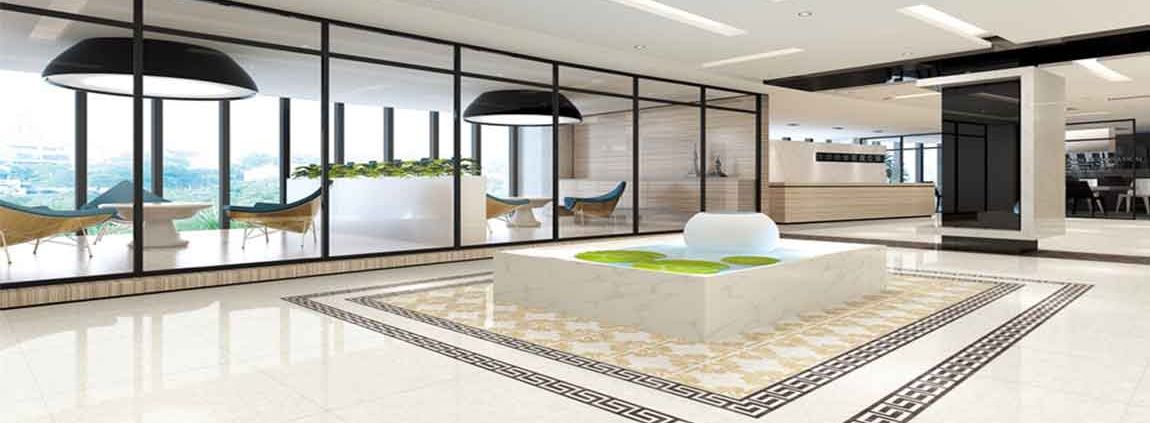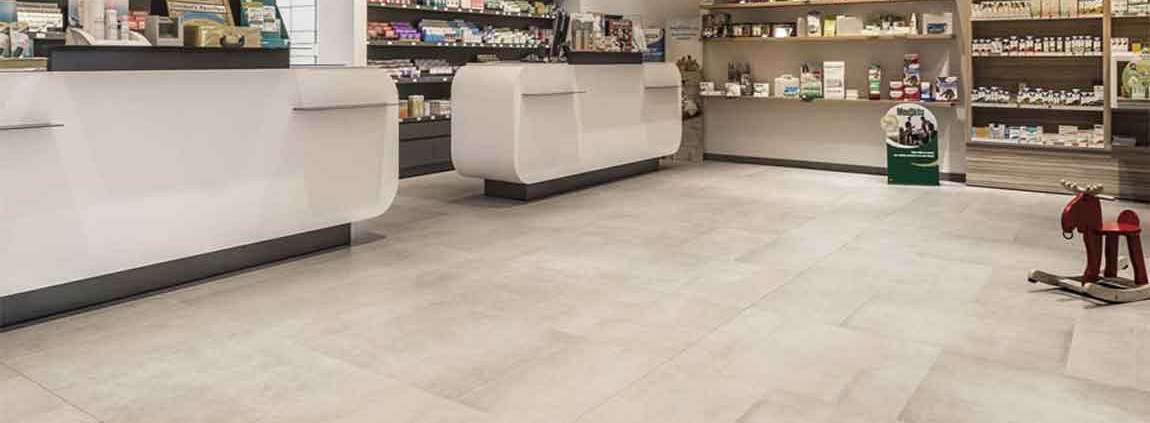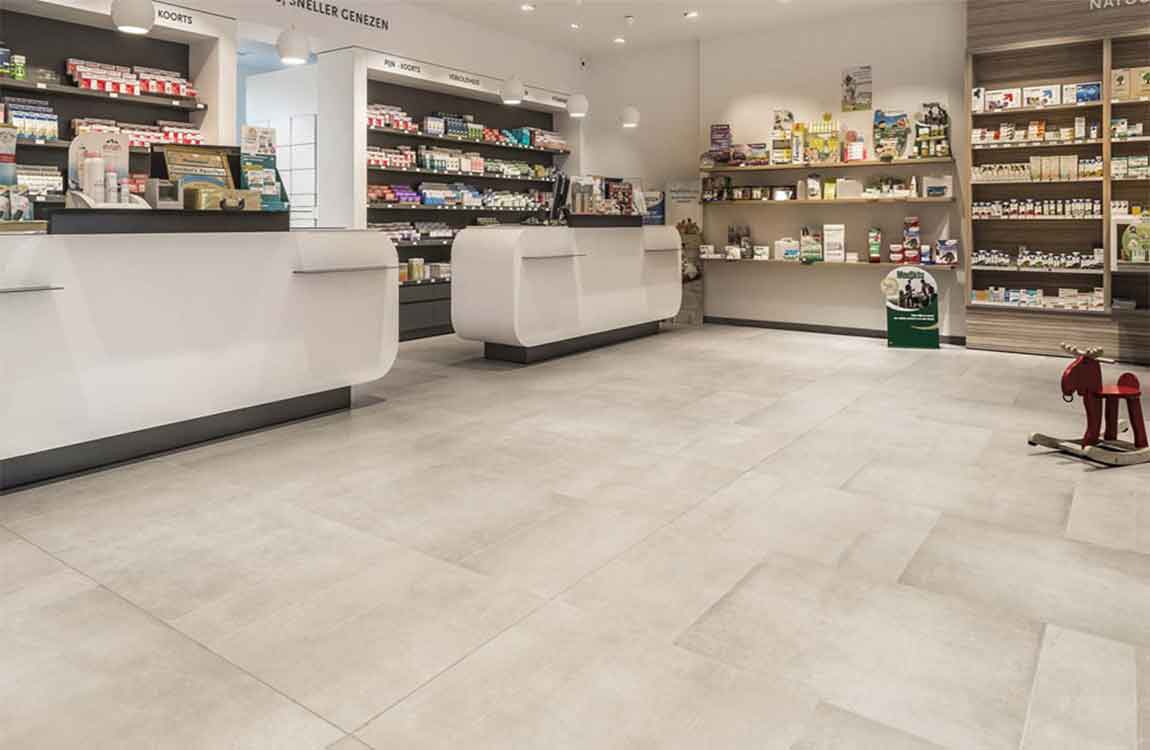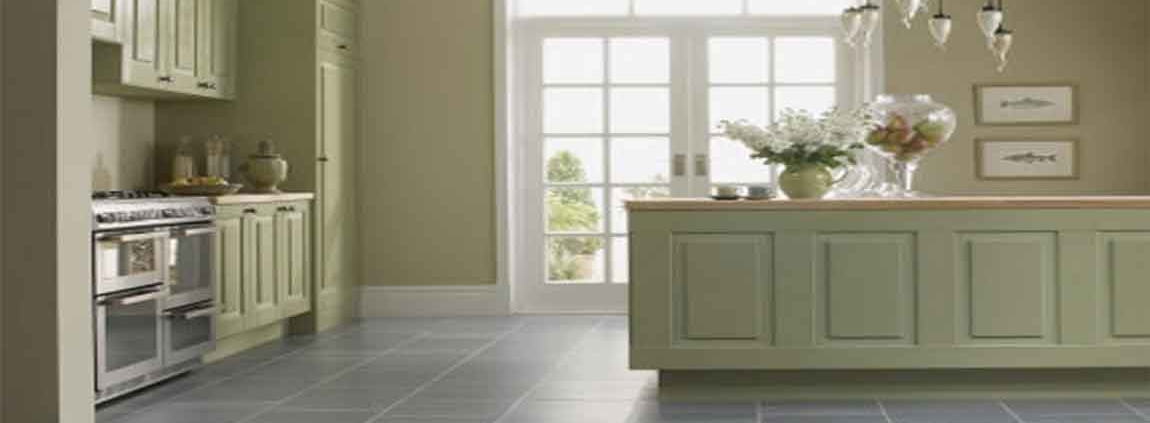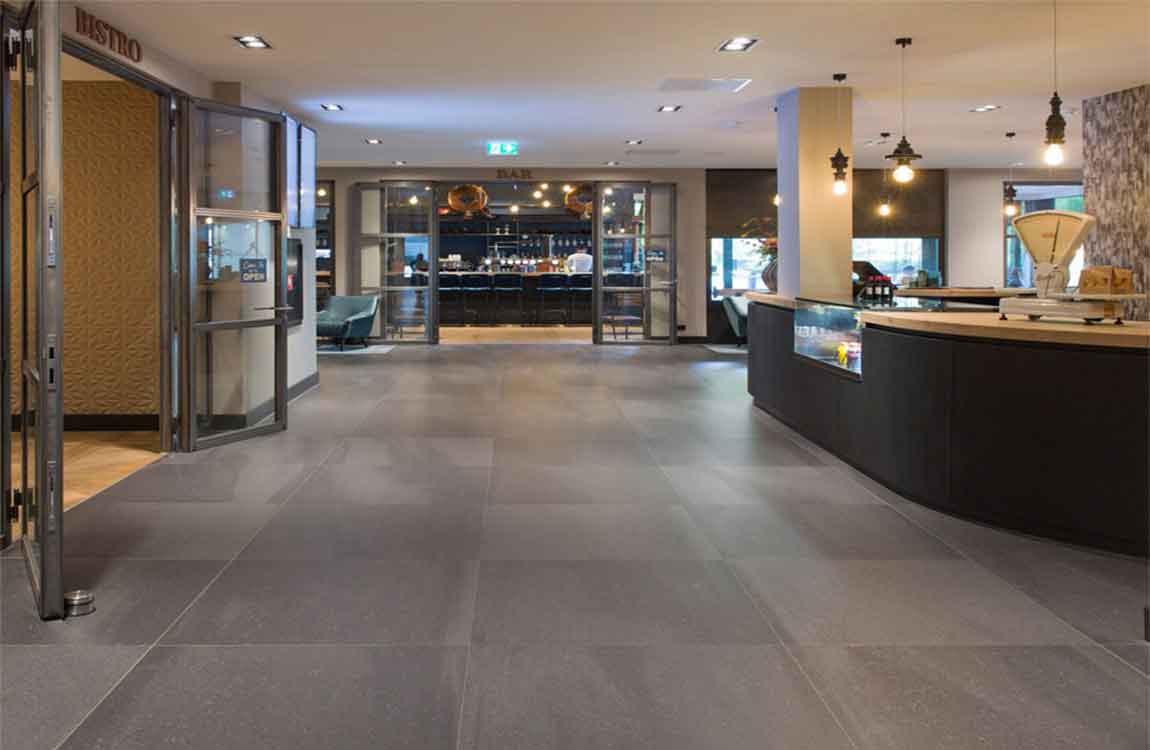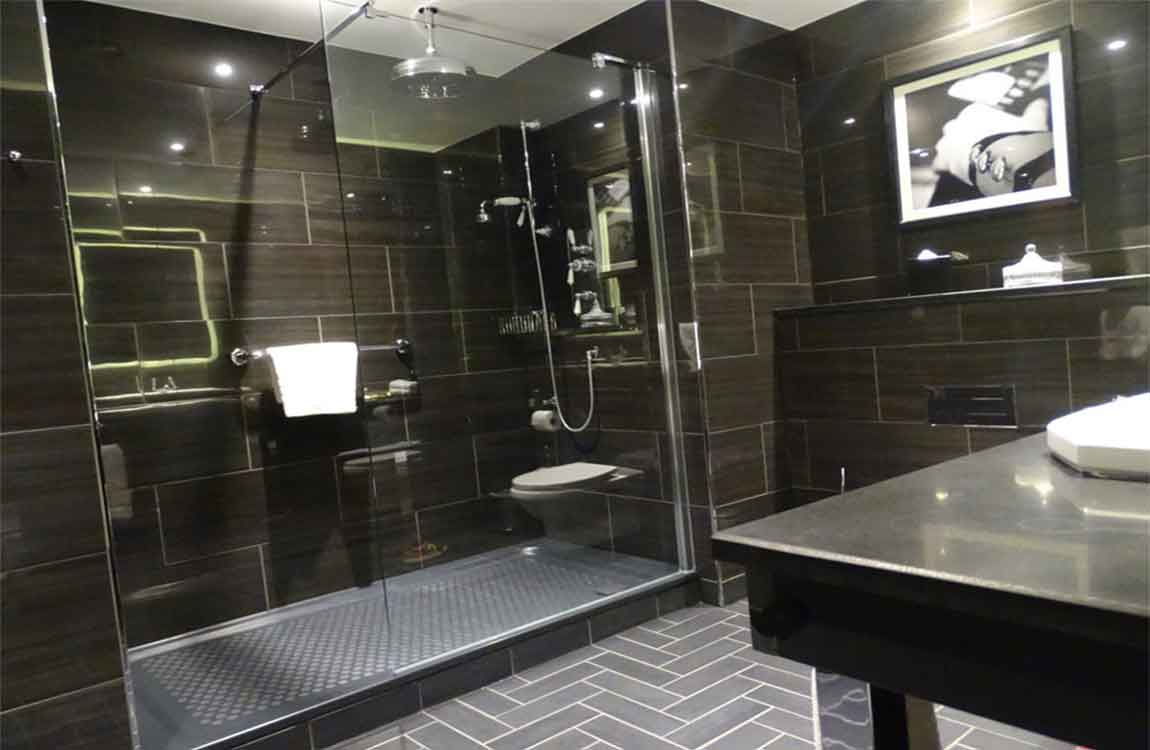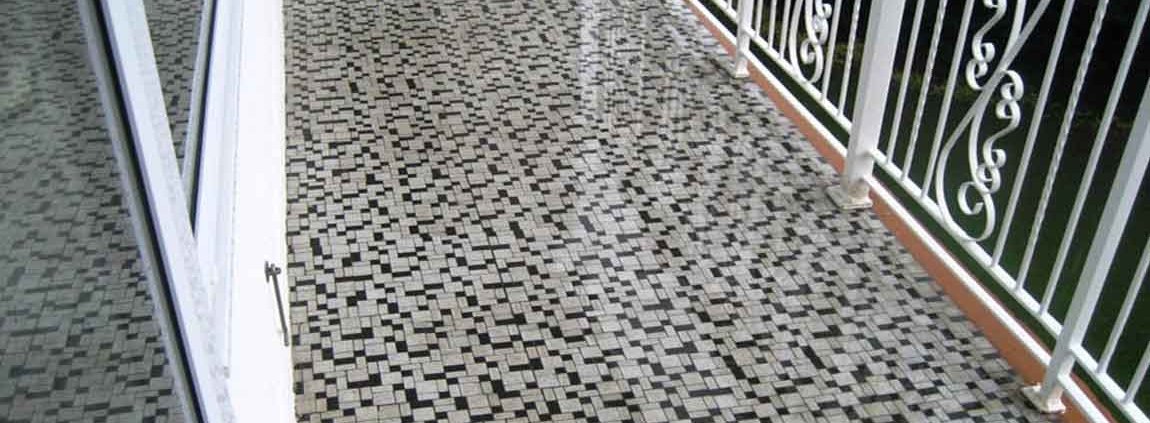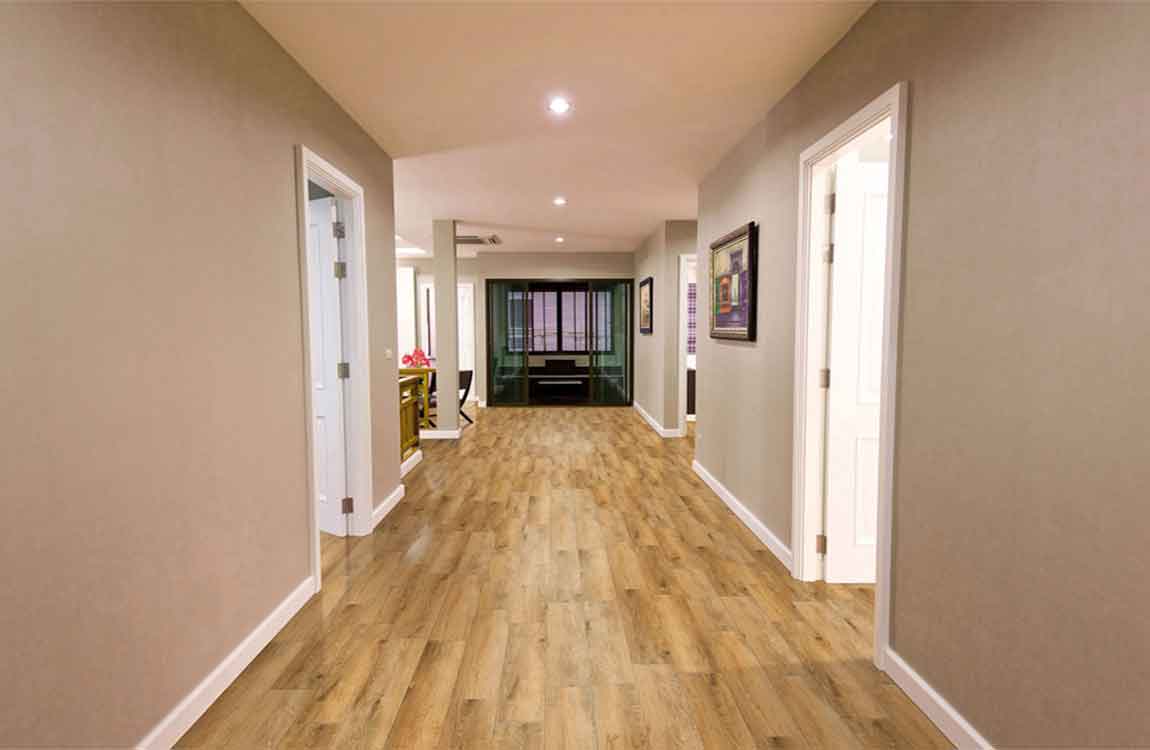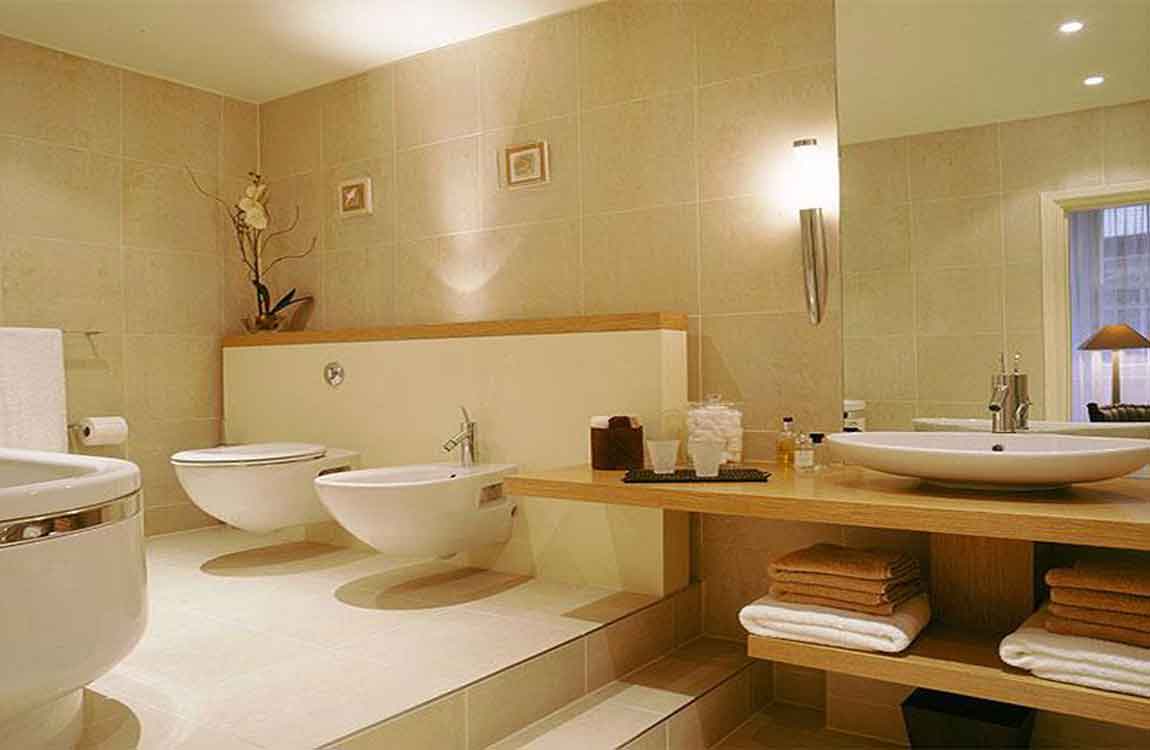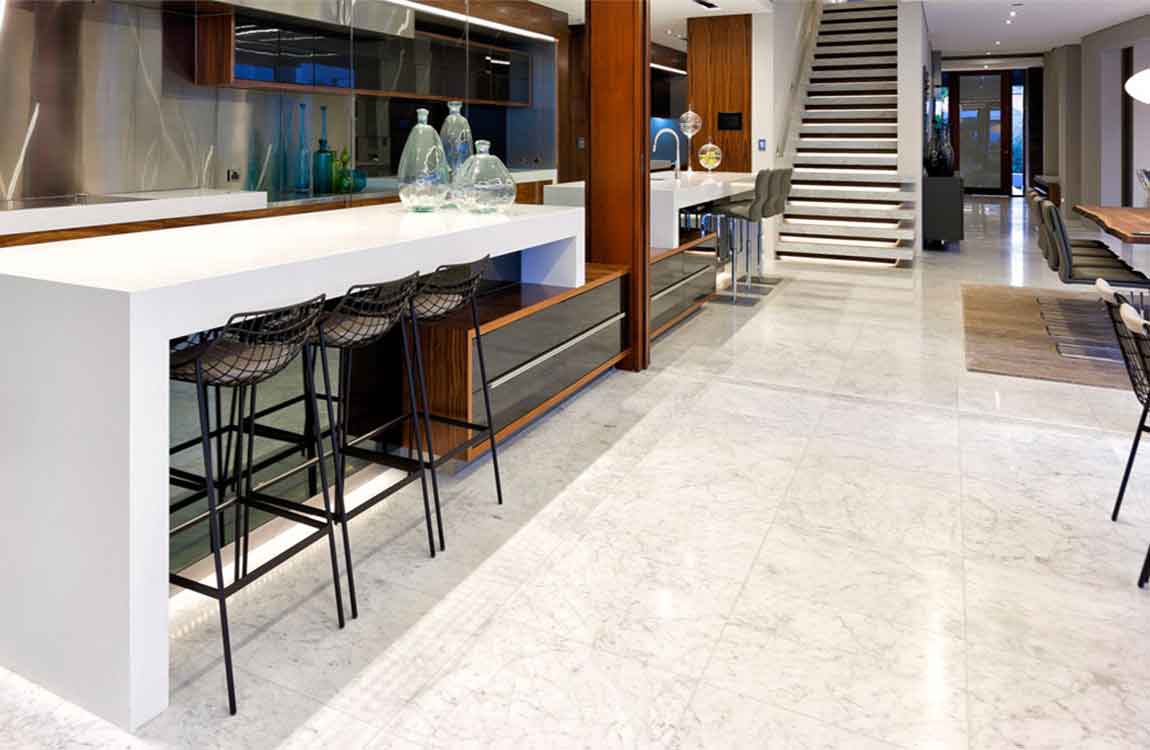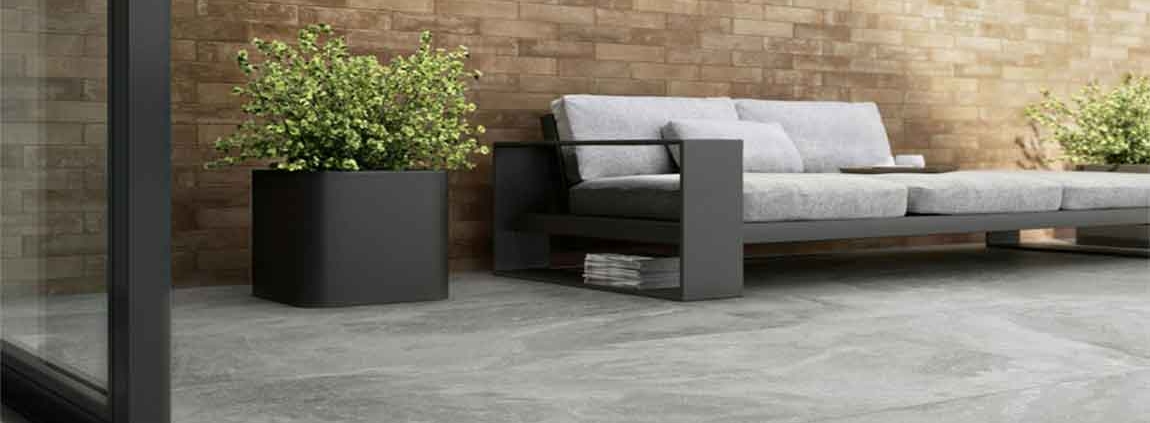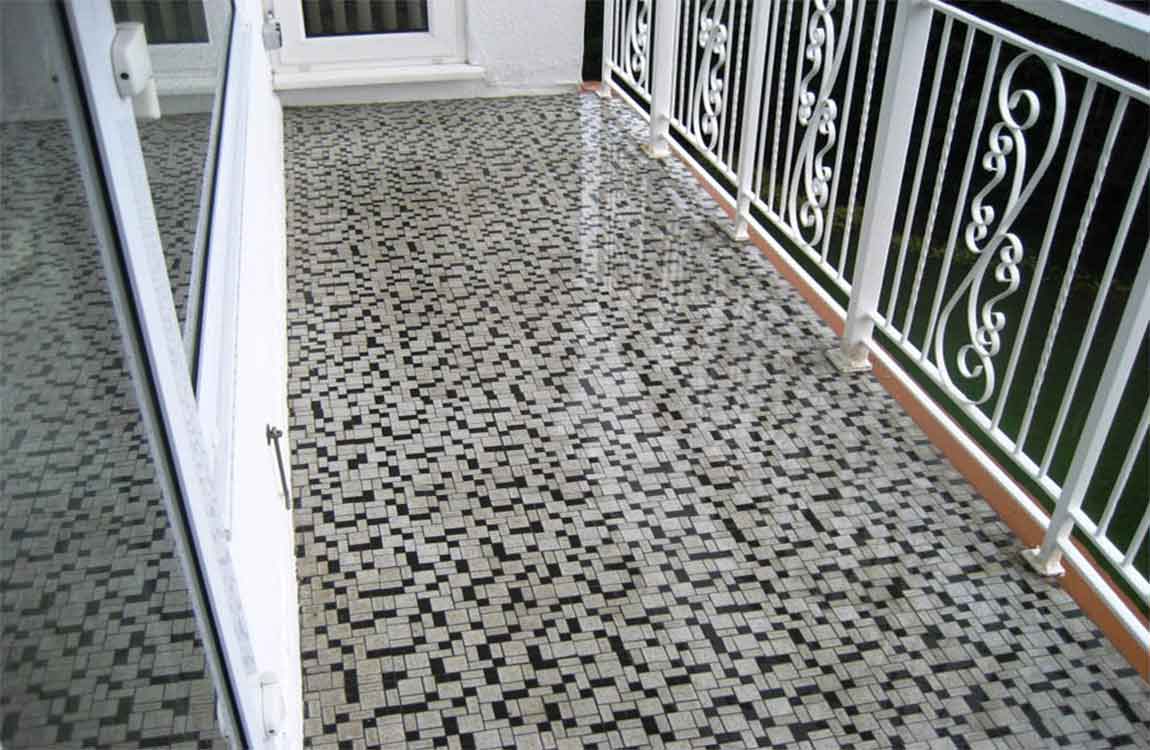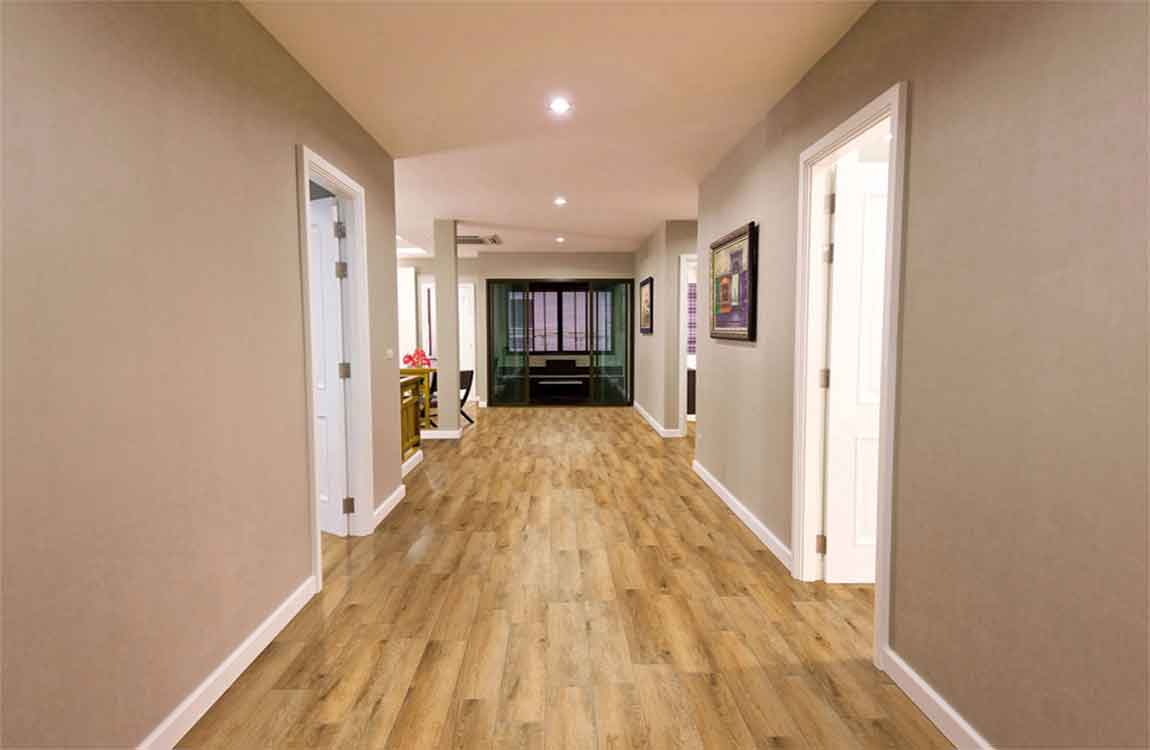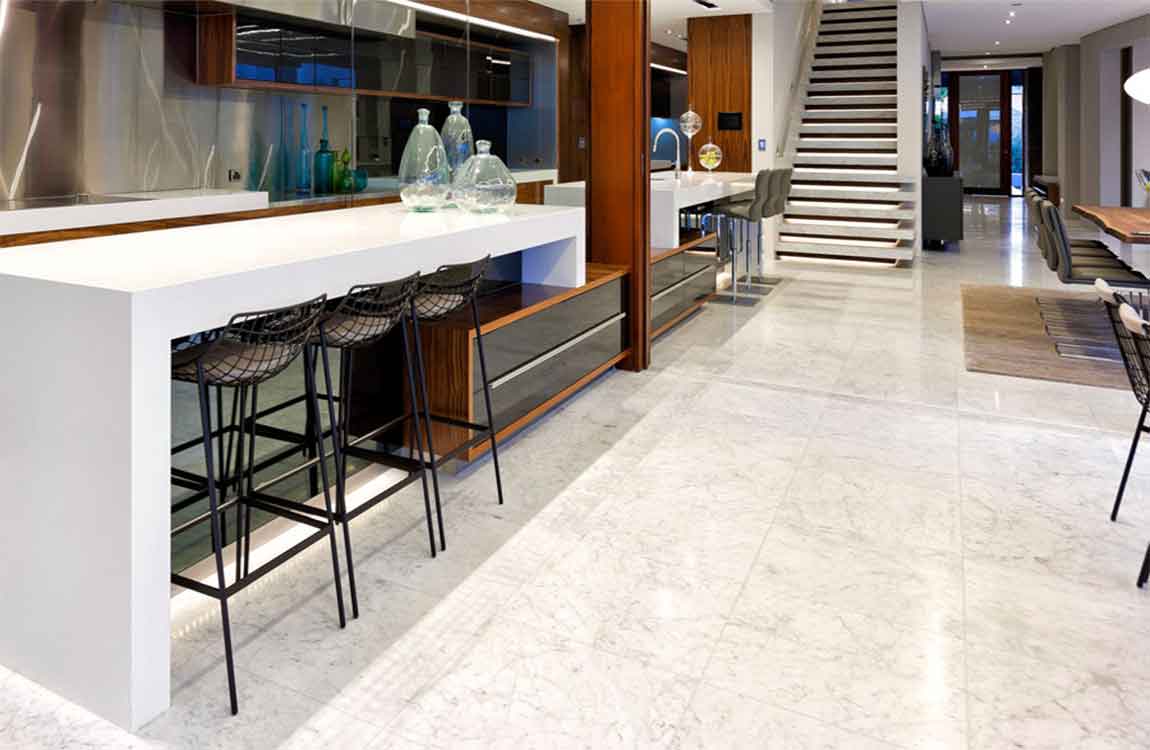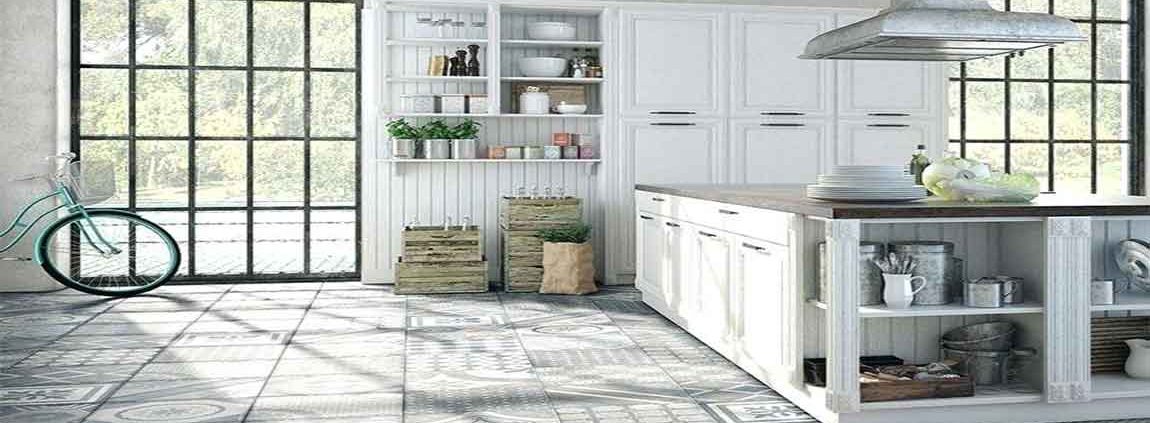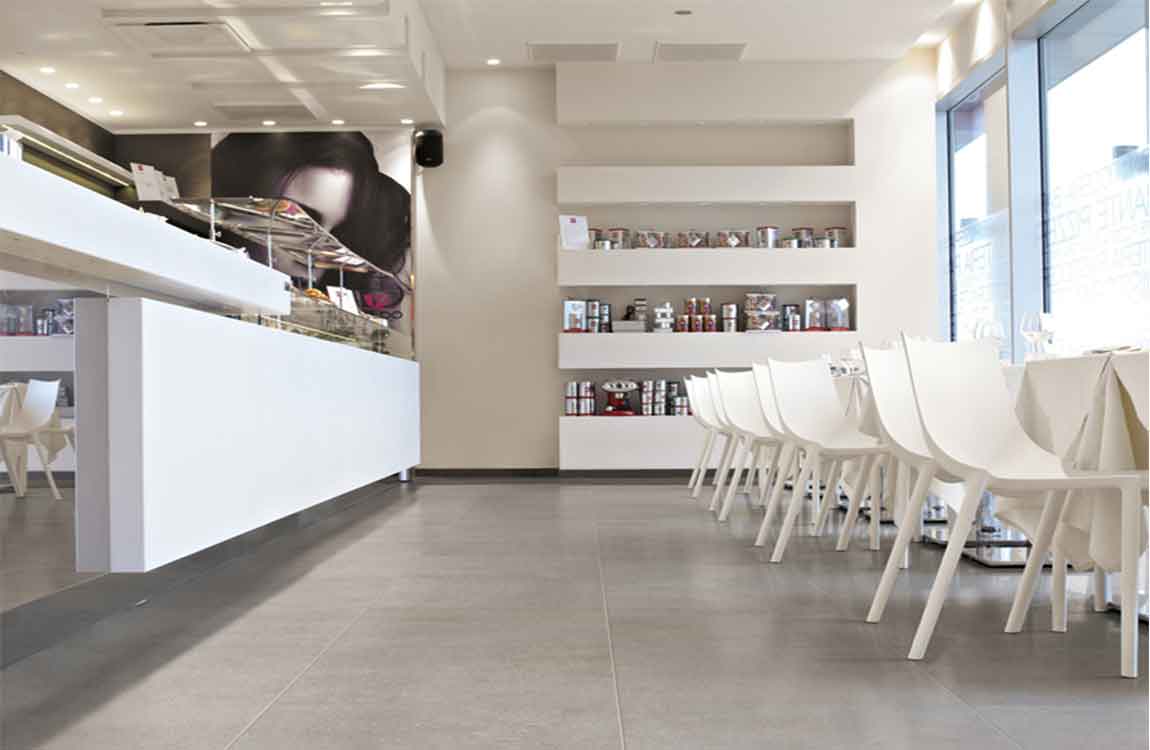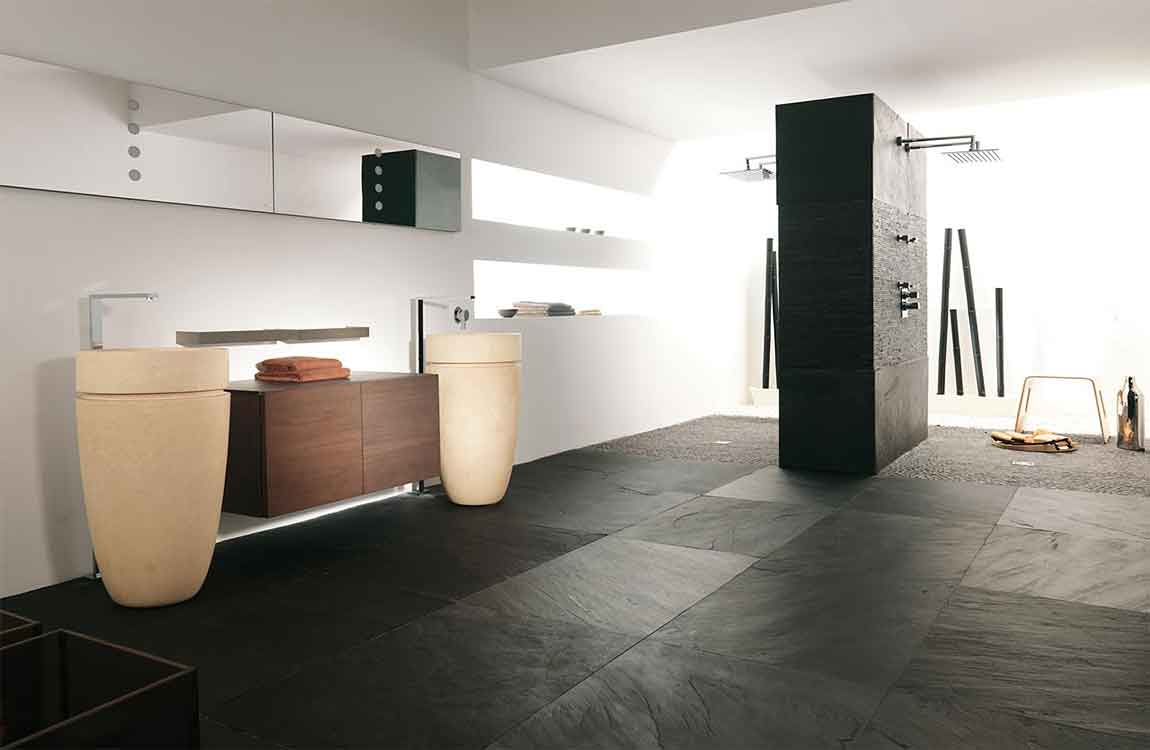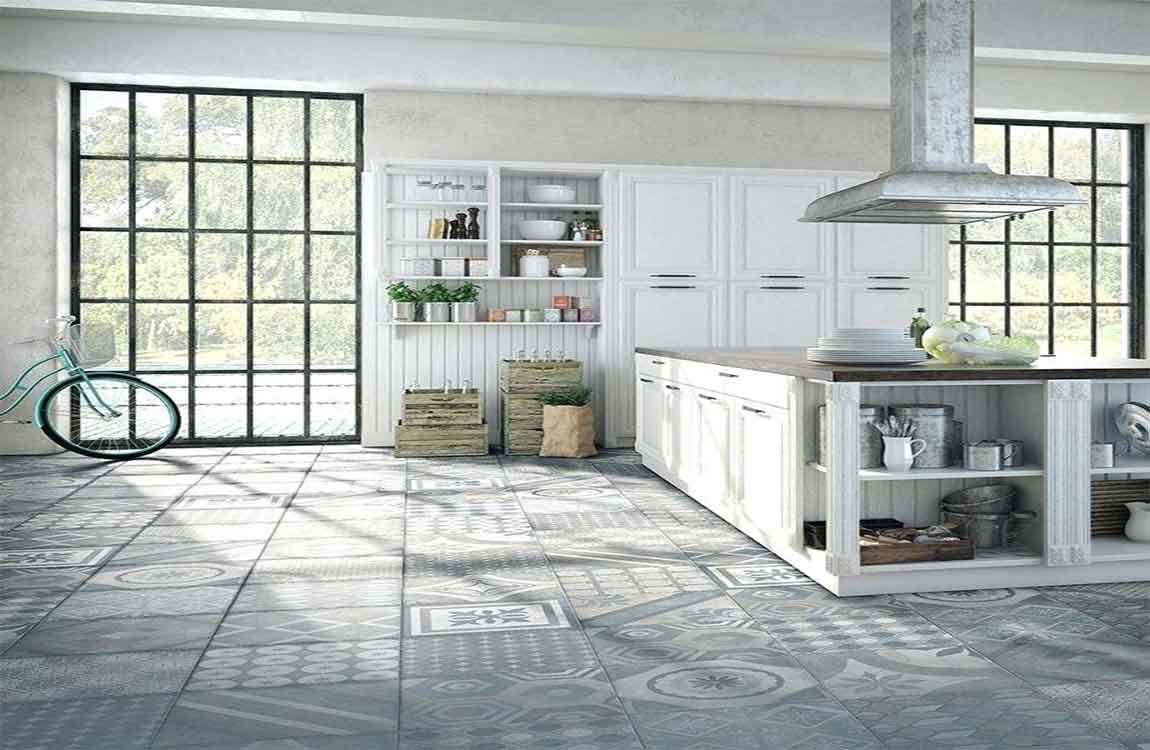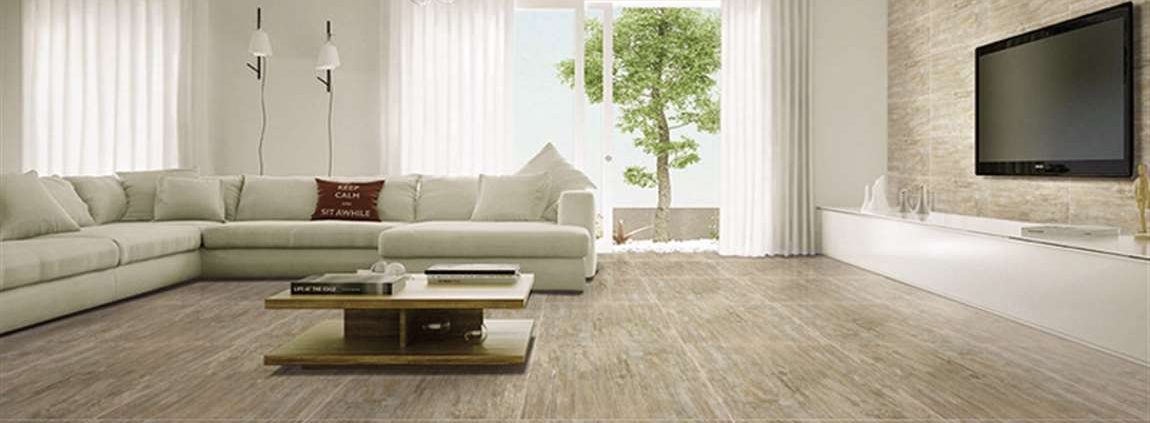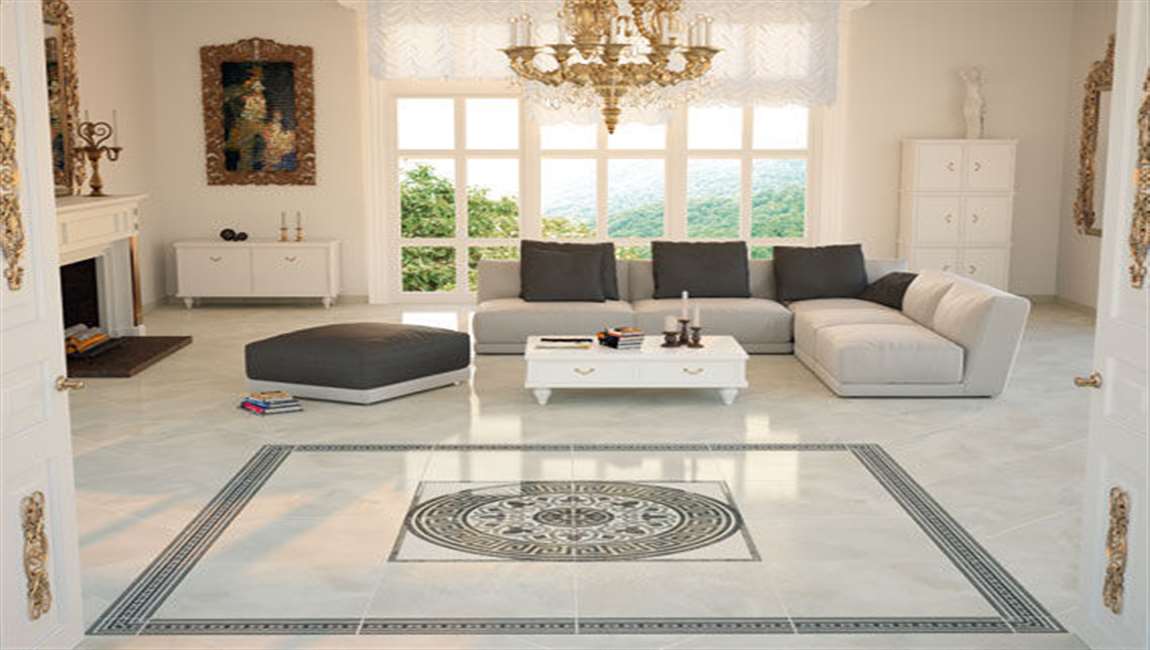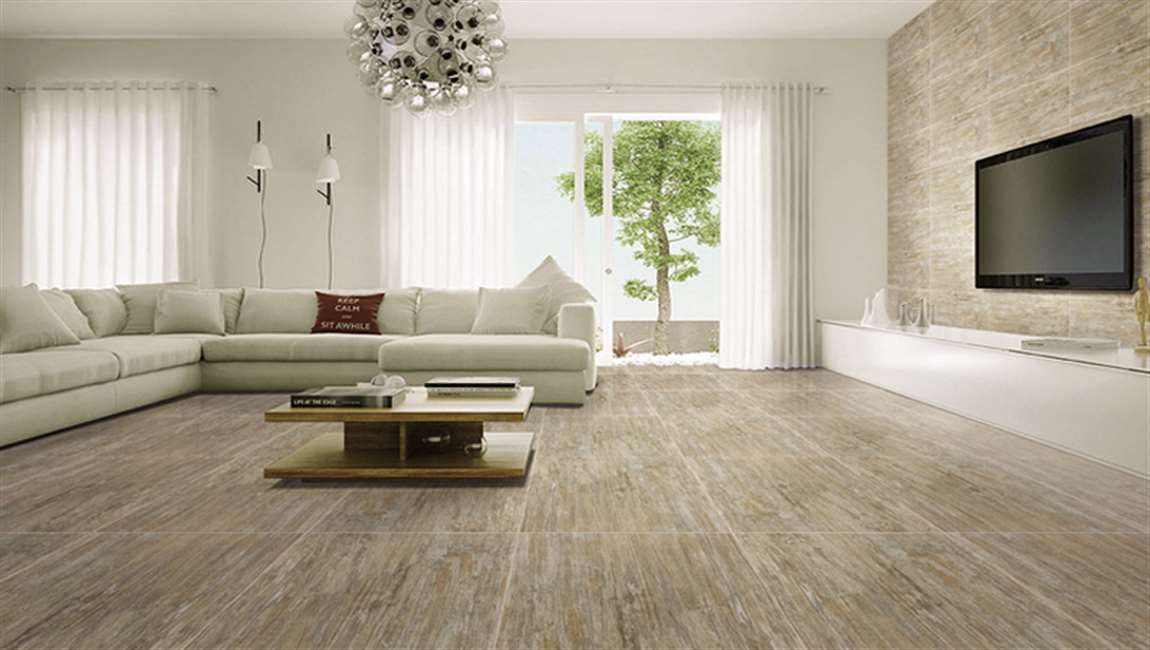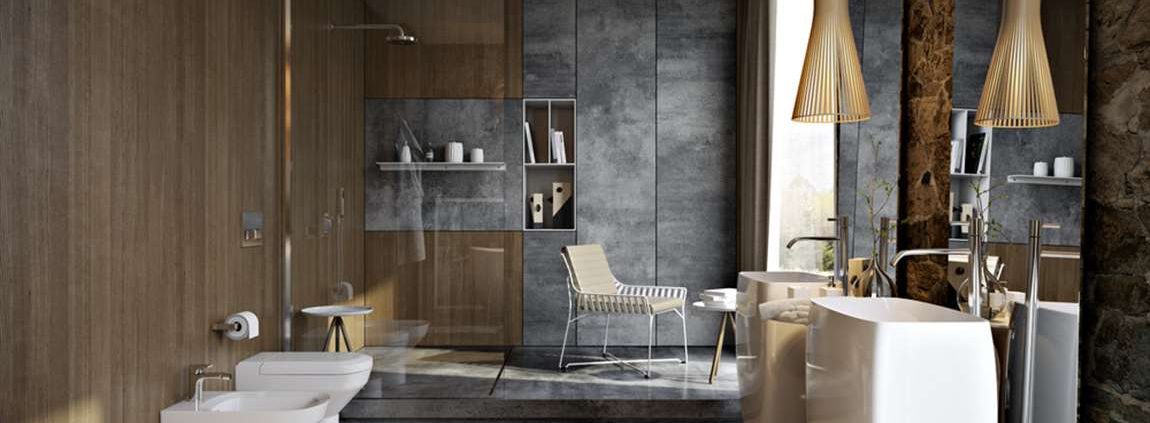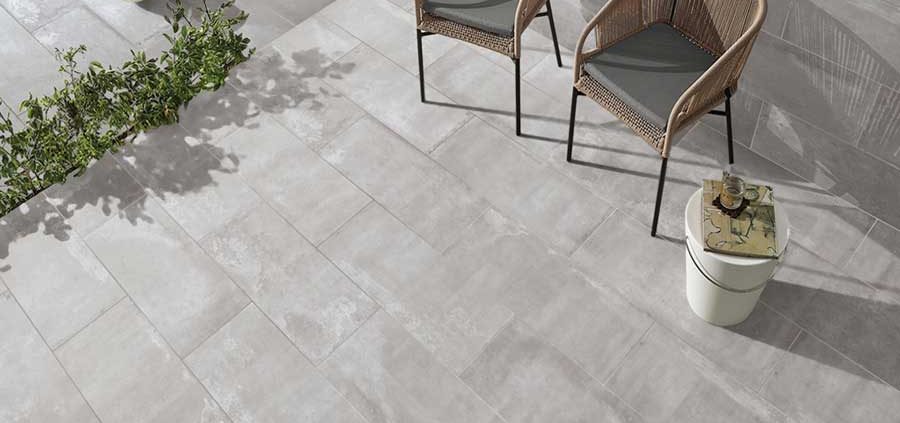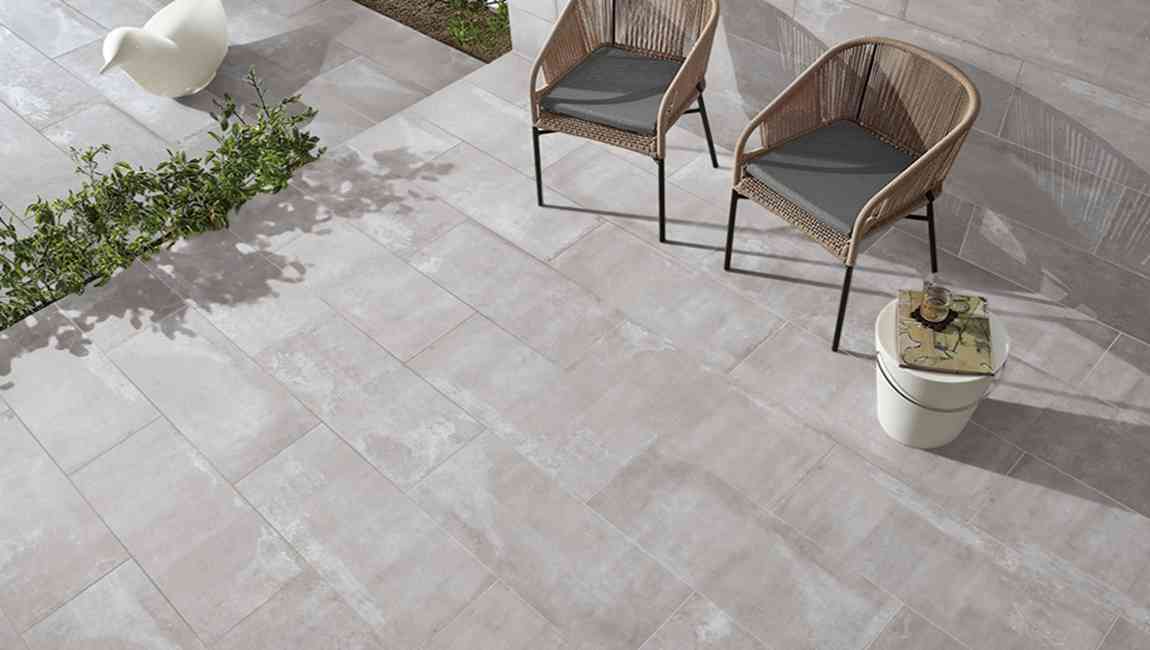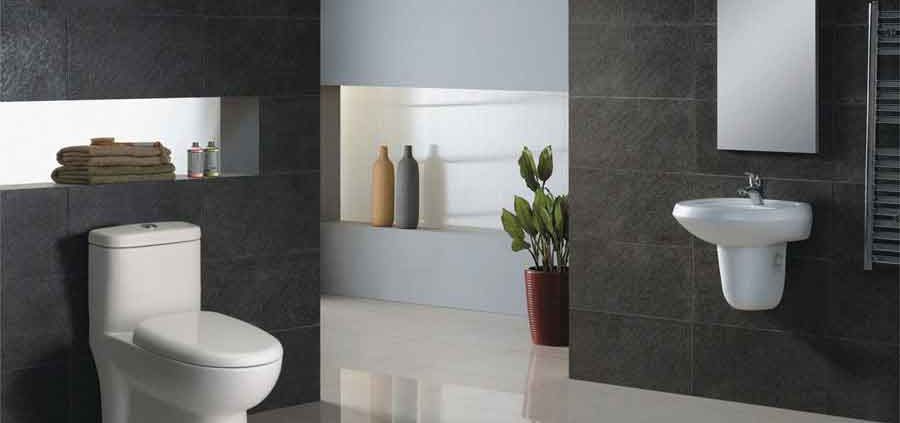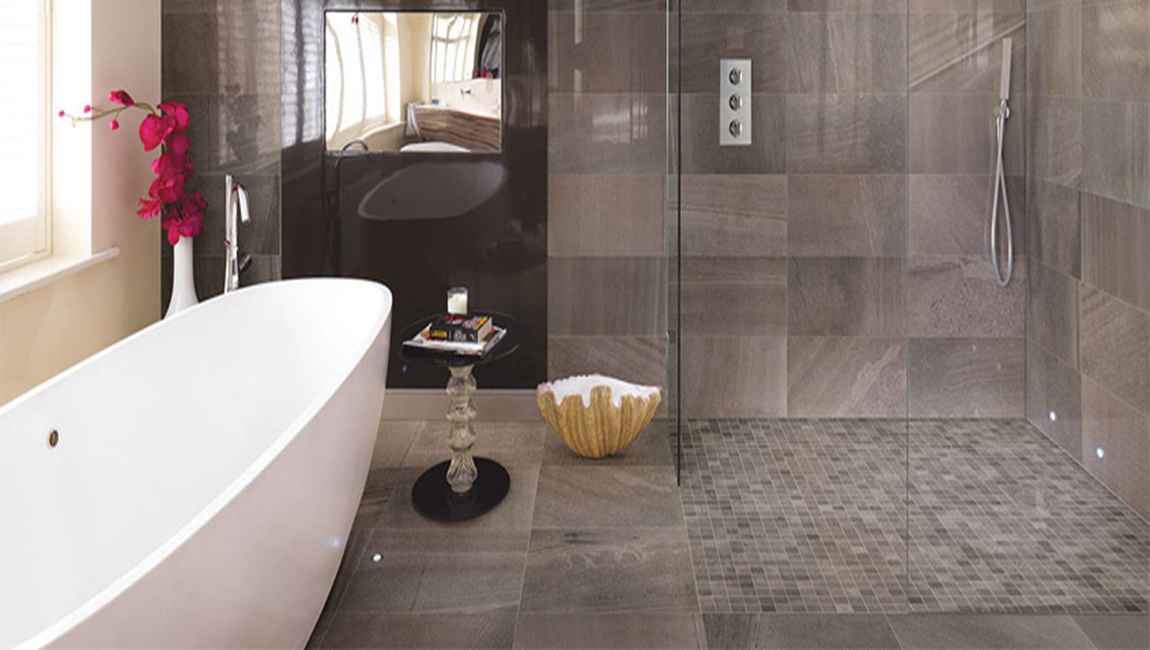How Performing Everyday Cleaning?
Wipe down the surface with warm water. In most cases, your daily cleaning won’t require more than a simple wipe down with warm water. To do this, take a clean microfiber cloth, wet it with warm water, and systematically wipe the marble tiles. Switch out your cloth for a clean one when it gets dirty.
Make a cleaning solution with mild dish soap and water. Some days you may need more than warm water to clean your marble tiles. In this case, create a solution of water and dish detergent. Take several cups of warm water and add a couple teaspoons of detergent. The amount of detergent/soap may vary based on the specific product.
Make sure your detergent/soap is not fat-based. This could alter the color of the marble tiles. You can consider buying a soap or cleaning product especially formulated for Carrara marble tiles.
Wipe down the marble tiles with your soap solution. After you’ve made your solution, dampen a clean cloth and wipe down the marble tiles systematically. Make sure to push debris toward one end of the marble tiles and then remove it. Make sure you don’t leave any debris or excess suds on the marble tiles.
Use a clean damp cloth to remove soap residue. After you’ve wiped down the marble tiles with your detergent solution, take a wet a clean cloth and wipe down the marble tiles again. This will help remove soap residue from the marble tiles surface.

